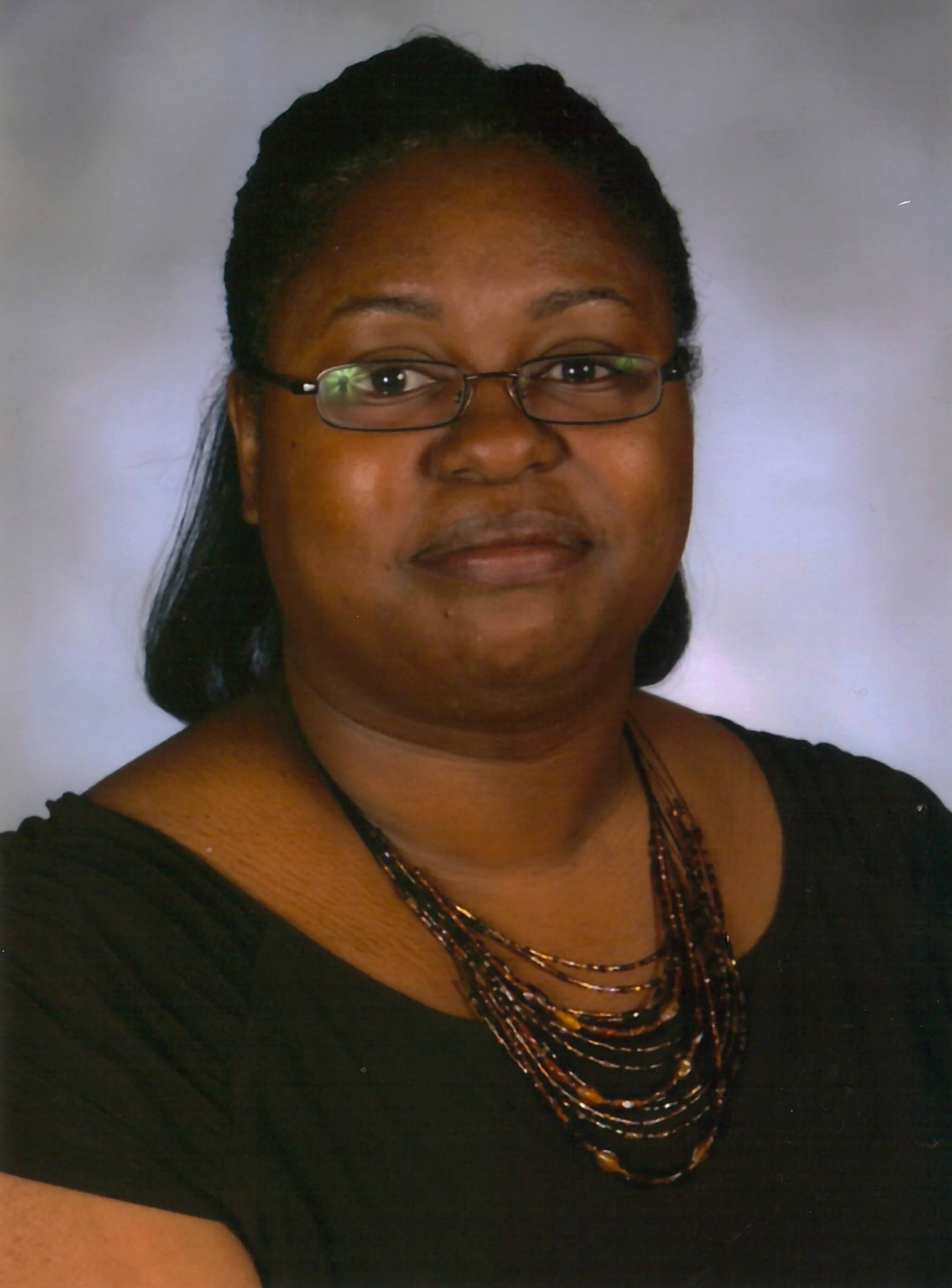 Our Star Teacher segment profiles teachers and their tremendous efforts to encourage their students to read. In today’s installment of Star Teacher, we’re proud to introduce you to Lisa Stringfellow, from Louisville, Kentucky.
Our Star Teacher segment profiles teachers and their tremendous efforts to encourage their students to read. In today’s installment of Star Teacher, we’re proud to introduce you to Lisa Stringfellow, from Louisville, Kentucky.
Lisa teaches 5th grade at Kentucky Country Day School. She has been an active user of the Reading Rewards reading program since the spring of 2011. One look at her classes’ reading statistics would have you convinced: Lisa has been tremendously successful at encouraging her students to read. On average, her students log a very consistent 15-20 minutes of reading per day, including weekends.
We asked Lisa if she would answer a few of our questions about what has made her so successful. We’re delighted to report that she agreed.
What do you do to help students understand the importance of reading?
“I share with my students my own reading history and encourage them to talk about their own. Several years ago, I began having my students keep reader’s notebooks using Google Sites and one of the first prompts I use is “Describe what is true for you as a reader.” I found this in the wonderful book Notebook Connections: Strategies for the Reader’s Notebook by Aimee Buckner.
I model the response in a discussion with the students and then have them write. I have gotten some great information from students about what reading interests and habits they bring into my classroom. An example of my model can be seen here.”
Lisa Stringfellow
Do you ever come across students who are absolutely determined not to read? What techniques do you use to motivate them?
“I haven’t had a student who was determined not to read, but I have had several who have said they don’t like to read. I usually start asking them what they do like, and then ask them if they read about those interests. I like to tell students that it may not be that they dislike reading, but that they haven’t found the right book yet and helping them find the right book is one of my goals. I think the biggest motivator for reading is choice. If students have the opportunity to read what they want, they will read more.”
Lisa Stringfellow
Some students don’t like to read because it’s hard for them. Do you teach students reading strategies to help them read more fluently and build more confidence? Which have proven most effective?
“I do work with students on reading strategies. When I can work one-on-one with a student, I can show them how to use questioning strategies to “think out loud.” I also encourage them to write questions on sticky notes to keep track of their thinking. In my reader’s notebook website, I list a toolkit of strategies that I share with students.”
Lisa Stringfellow
How much of a say do you believe students should have in what they read? Do you believe that all reading is good, or are there some types of reading materials that you disapprove of?
“I think students should have a large say in what they read. Independent reading is the core content of my class. I use some pre-selected lists that students must read from but also balance that with many, many opportunities for students to read what interests them.
I don’t think there are “good” and “bad” reading materials, but I do encourage my students to find balance. If I have a student who only like sports books, I encourage them to try something in a different genre or format.
Some adults may look down on books with crude humor or reading in different formats, such as online articles or blogs, or magazines. Reading is reading and whatever gets a student doing it, will make them a stronger reader. That will help them develop a habit and build their skills exponentially.
Just because a kid reads something we don’t think of as “literature” doesn’t mean it isn’t worthwhile. Everything they read is a stepping stone to more reading, which is what we ultimately want.”
Lisa Stringfellow
Some feel that when students choose their own books, their reading skills improve. Have you seen evidence of that? What do you do, if anything, to make sure your students have a large variety of genres and themes to choose from?
“I think that is true. As I mentioned, I balance pre-selected books with free choice. We have a reading program called Battle of the Books (based on the national America’s Battle of the Books program) that we do several times during the year. Students receive a list of twelve books out of which they need to read four. I balance the books for genre, reading levels, and many other important criteria. It is structured like a competition where the students work in teams at the end of the 8 week reading period and answer questions about the books. We use a quick recall buzzer system and have other events and the winning team gets an ice cream party. Students find it a lot of fun and will push themselves to read more than the minimum to help their team’s chances.
On the flip side, when we’re not doing that, students “free read.” They can read a novel of their choice and have to log at least 20 minutes five days each week. Students find this “breather” between the Battle of the Books fun and really look forward to reading something they choose. I think having a balance between guided reading and free choice works well for keeping students motivated and also ensuring that they are reading a wide variety of quality literature.”
Lisa Stringfellow
Do you team up with a reading specialist, librarian, or other teachers as part of your efforts to encourage reading? How do you work together?
“We have a supportive group of teachers and administrators in our middle school and reading is valued across departments. In our schedule, we have a designated reading period every Friday for 25 minutes where students read in their advisory rooms. In the past, we have experimented with book clubs in the middle school during that time.
Something I did last year was sign up for the Global Read Aloud. My class read Out of My Mind by Sharon Draper and we partnered with a school in Pennsylvania to blog about our reading. It was great to have partners in a different state who were reading the same thing and we got to Skype with them a few times during the course of the Global Read Aloud.”
Lisa Stringfellow
Do you model reading, or talk to students about what you are reading? Please tell us about it.
“I do talk to students about what I am reading (or want to read). I love for them to give me recommendations and encourage them to talk to each other. On my school website, I created a form where students can submit book recommendations. Those recommendations are then put on a Google Slides presentation and played on our TV display in the halls, on the students’ homepage on the computer, and on my class website (http://msstringfellow.com).
I stock my room full of books and students often come to me (even when they are not in my class anymore) to ask to borrow books or for a recommendation. I’m getting close to 1000 books in my room.
I also make reading fun and relevant through the units we do on media literacy. My students all make book trailers for one of their independent reading books each spring. I also have a book to film unit where they read a book and watch the movie on which it was based. I teach them about film language and media techniques and they write a comparative essay on the two. I love these units and have offered workshops on them many times, most recently this June at a regional edtech conference called Tech-Teach-Learn hosted at my school. Below are my presentation slides:
Lisa Stringfellow
Have you come across students whose reading levels fall well below that of their classmates? Some people believe that, in those cases, holding the student back a year may be the only solution. Do you think there is a risk of making that decision precipitously? Aren’t many children late-bloomers who eventually catch up with their peers.
“That is not a situation I’ve come across very often in my teaching situation. Being in an independent school, students are often identified early for remediation at school with a specialist or recommended for outside intervention.
I have had ESL students or students with learning issues for whom reading posed challenges. Usually, I make necessary accommodations and work to build their confidence and skills to the level is should be. I often recommend audiobooks paired with reading a text for struggling readers. It helps them develop fluency because they can hear a fluent reader and are taking in the information in more than one way.”
Lisa Stringfellow
What can parents do to develop their children’s interest in reading?
“Parents can help by modeling reading at home. If students see their parents read, they see it has value. Also parents should provide access to lots of great books. Taking a child to the library or a bookstore is a great way to help them find a book that interests them. Also, it helps if parents encourage kids to set goals for themselves with reading.”
Lisa Stringfellow
What can parents do develop their children’s reading aptitude?
“As I’ve mentioned, promoting the value of reading at home through access to books, quiet time for reading in the family schedule, and modeling. Also, parents should read the books their child reads sometimes and have discussions. If a movie is coming out that is based on a book, read the book with your child before seeing the film and have a discussion on the adaption afterwards.”
Lisa Stringfellow
How do you communicate with parents about matters related to reading?
“We communicate frequently with parents at my school. I send home information whenever we are starting a new Battle of the Books and share the titles, authors, and reading deadlines. I also email parents when I have a concern with a child’s reading. Lastly, I post what we are doing in class on my class website and also on Schoology, the learning management platform I use. There are multiple ways for parents to be kept informed and up-to-date on their child’s reading progress.”
Lisa Stringfellow
What are your most popular Reading Rewards features, and why? Which are your favorite?
“I like the ability to set rewards that can be purchased based on certain criteria. I used to offer candy in the RR Store for students who read a certain number of minutes or finished a book, now I have moved to a classroom economy and the students earn classroom money for meeting reading goals. They can use the money in our class store or at our end of the year auction.
I also like the ability for students to see what other students are reading in class and that I can save and print reading logs for the group. I download logs every week and use it in my grading. It is very convenient and gives me a record I can go back and check or share with parents if there is ever a concern.”
Lisa Stringfellow
How has Reading Rewards contributed to getting your students excited about reading?
“Students like seeing the books accumulate in their virtual libraries and all the fun elements such as the avatars. Students will remind me if I haven’t put a particular reward in the RR Store.”
Lisa Stringfellow
Are there any final thoughts you would like to share?
“I enjoy using Reading Rewards and would never want to go back to paper charts. When I collected paper reading charts, they were filed away and I lost access to all of the information they provided. Reading Rewards allows me to look for patterns in student’s reading habits and compare groups. I also like that students can do it at any time and they don’t have to wait to give me a piece of paper before I can see their progress.”
Lisa Stringfellow
Name three of your favorite children’s books
“Regarding my selections above, there are too many to list, but the first two are my perpetual favorites and the last is a wonderful recent read. Finding and sharing books that represent diverse and authentic multicultural voices (of both authors and characters) is a passion of mine and I have worked hard to update my booklists and classroom library with books that represent all of my students. I am also working on my own writing. I am an active member of SCBWI (Society of Children’s Book Writers and Illustrators) and have a novel manuscript in the revision stage. I hope to model for my students how connected reading and writing are and contribute to the creation of great books that reflect diverse characters but also speak to all kids. ”
Lisa Stringfellow
Lisa, after reading your thoughtful answers, we are not surprised at your success with your young readers! You obviously put a lot of thought and care into your literacy activities, and spend time trying to engage them. The key to reading success.
Thank you so much for your time and dedication!

Please join the conversation, and share your thoughts in the comments below.
And if you know a teacher who deserves to be highlighted for his/her efforts encouraging children to read? Tell us about it!






Leave A Comment